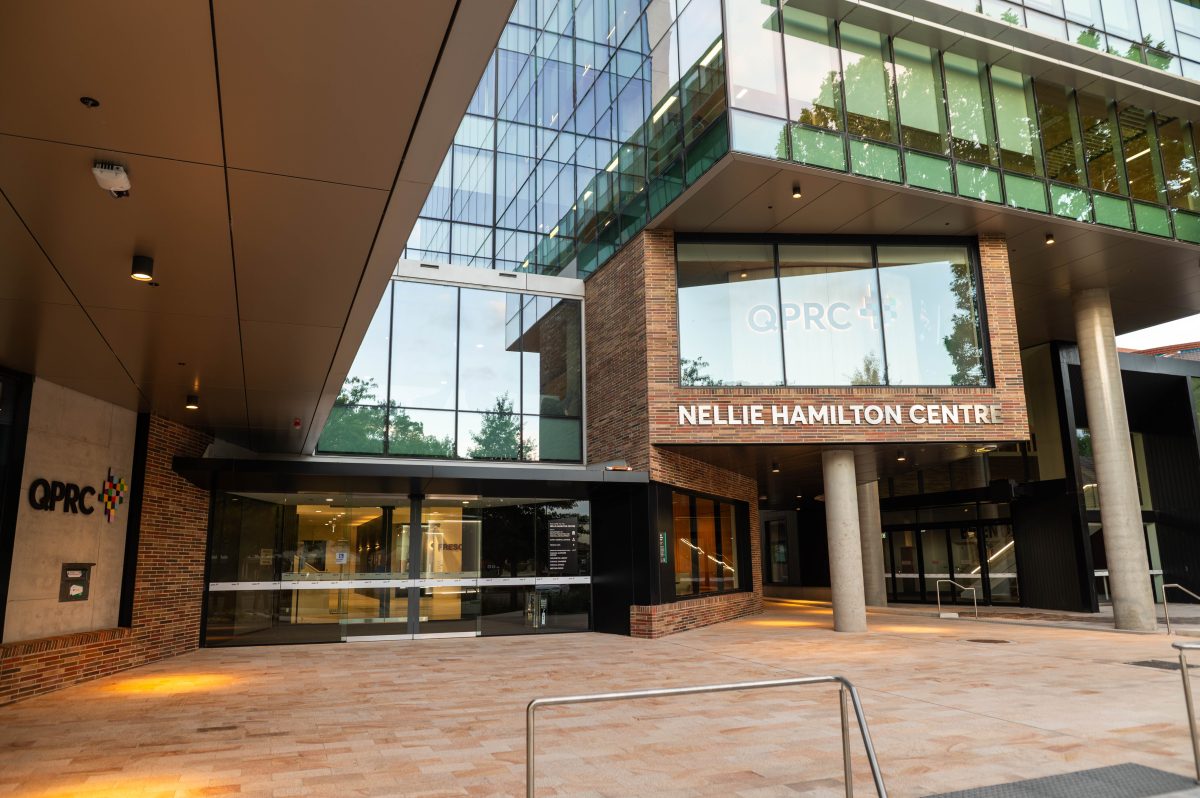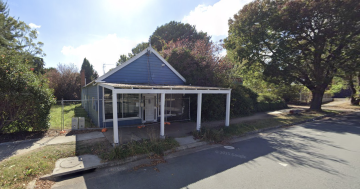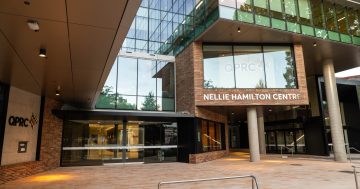
Queanbeyan councillors have adopted a new policy on who gets to decide if a development goes ahead. Photo: Kazuri Photography.
A regional council has heard assurances that expanded heritage protections won’t have “unintended consequences” for carports and other developments.
Queanbeyan-Palerang Regional Council (QPRC) had deferred a decision on a policy that set out who is responsible for deciding development applications (DAs).
It came before a council meeting in June, but a decision was put off until a councillor workshop could be held.
At a recent meeting, councillors debated an updated version of the policy.
During the meeting, Councillor Bryce Wilson said the council was “playing a bit of catch-up” in its approach to managing heritage considerations when evaluating developments.
“I do think we have to do better in our heritage zone … Some other towns have done this really well.
“I know if you’re a country mayor and you go to Wagga, Bathurst and Orange and places like that, they do really good work with their heritage zone.”
Councillor Katrina Willis won support for her proposal to amend the times when councillors could step in and determine a DA.
“I acknowledge that the revised policy is an improvement on the previous version, but it still excludes properties in the heritage conservation areas.”
Her motion means that in instances when a DA is lodged about a heritage item or a property location in a heritage conservation area, and council staff and advisors have different viewpoints, it would be discussed at a council meeting.
“The heritage objectives are set out in a planning instrument that council makes,” she said.
“If there is a difference of view between council’s heritage advisor or the advisory committee, and a council officer, over a development application … it makes sense that council should determine whether to grant consent.”
According to the council meeting papers, QPRC receives an average of 57 DAs within the Queanbeyan and Braidwood heritage conservation areas a year.
Councillor Mareeta Grundy sought further information on how the proposed motion would impact decision-making timelines.
She pointed to an example of a property owner living in a heritage area who had a 12-month wait for a decision on a carport.
“Is this proposed amendment likely to cause any unintended consequences?
“Just simply, it’s creating additional hoops to jump through … I’m just wondering whether we’re potentially creating protracted delays and creating uncertainty in this space.”
A staff member told the meeting that a “good percentage” of those DAs were resolved within three weeks.
“We obviously rely on that speed of determination for our numbers.
“Were some of these applications to come to council, those applications would be looking at eight or nine weeks, in terms of their decision window, just because of the basis of having to prepare the reports and get them through this process.”
She also said all DAs up for determination were uploaded to the council’s website, meaning councillors could use their call-in powers on them.
During the meeting, Councillor Willis also said the council’s heritage policies and development guidelines could sit side by side.
She said people had been allowed to modify properties in heritage conservation areas or, especially in Queanbeyan, build larger properties with smaller gardens (compared to historical building trends).
“The fact that some property owners have modernised their homes while achieving the objectives of the development control plans demonstrates that protecting the character of these areas is not an impediment to upgrading – and even enlarging – a home.”
Mayor Kenrick Winchester also flagged that the policy could be re-evaluated if there was a spike in the time it took for DA determination.
“If it becomes a concern, I’m sure the staff will be able to raise that,” he said.
“Not to see it as a trial, but if in 12 months’ time this is having a massive impact on things, we may need to look at it again then.”













